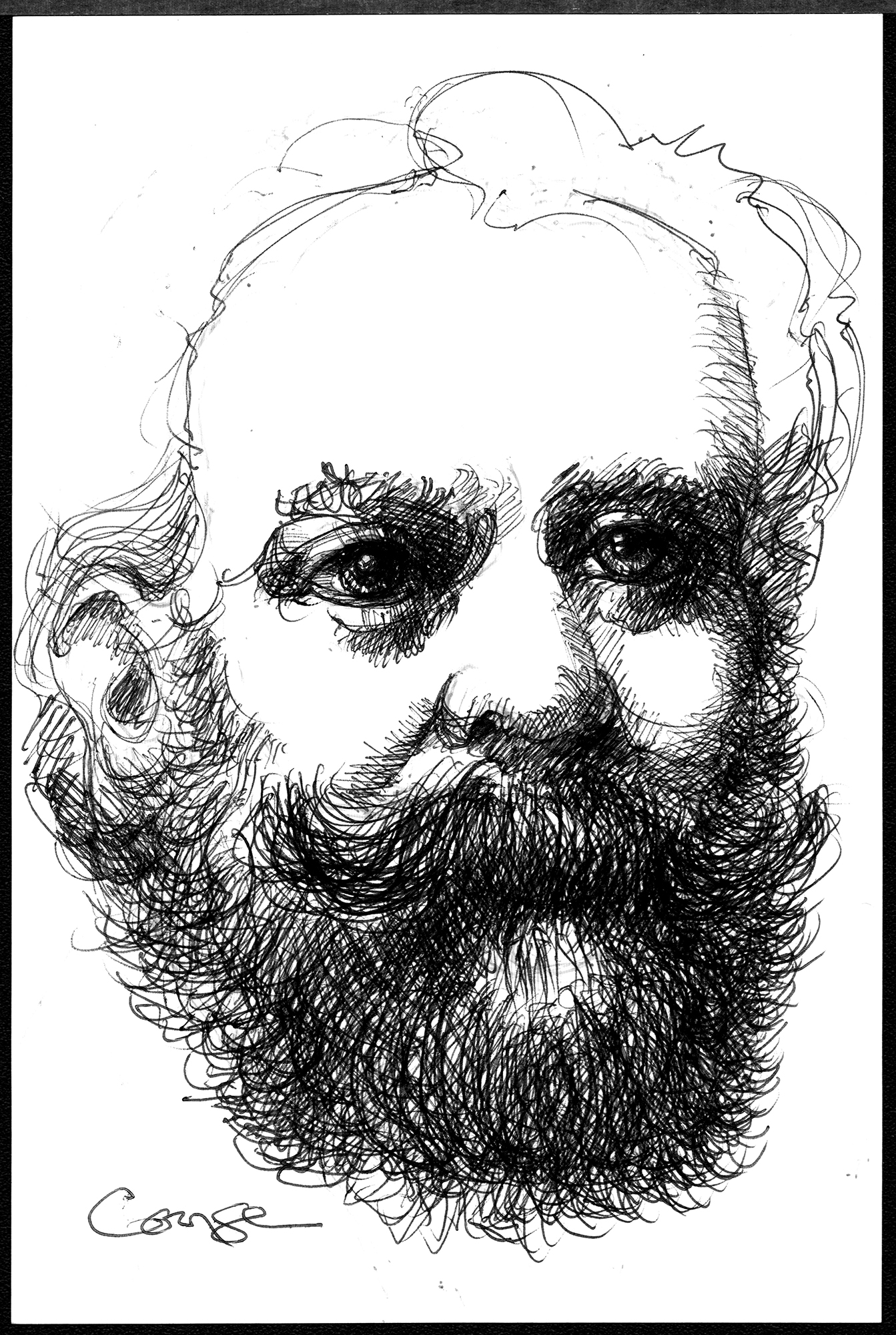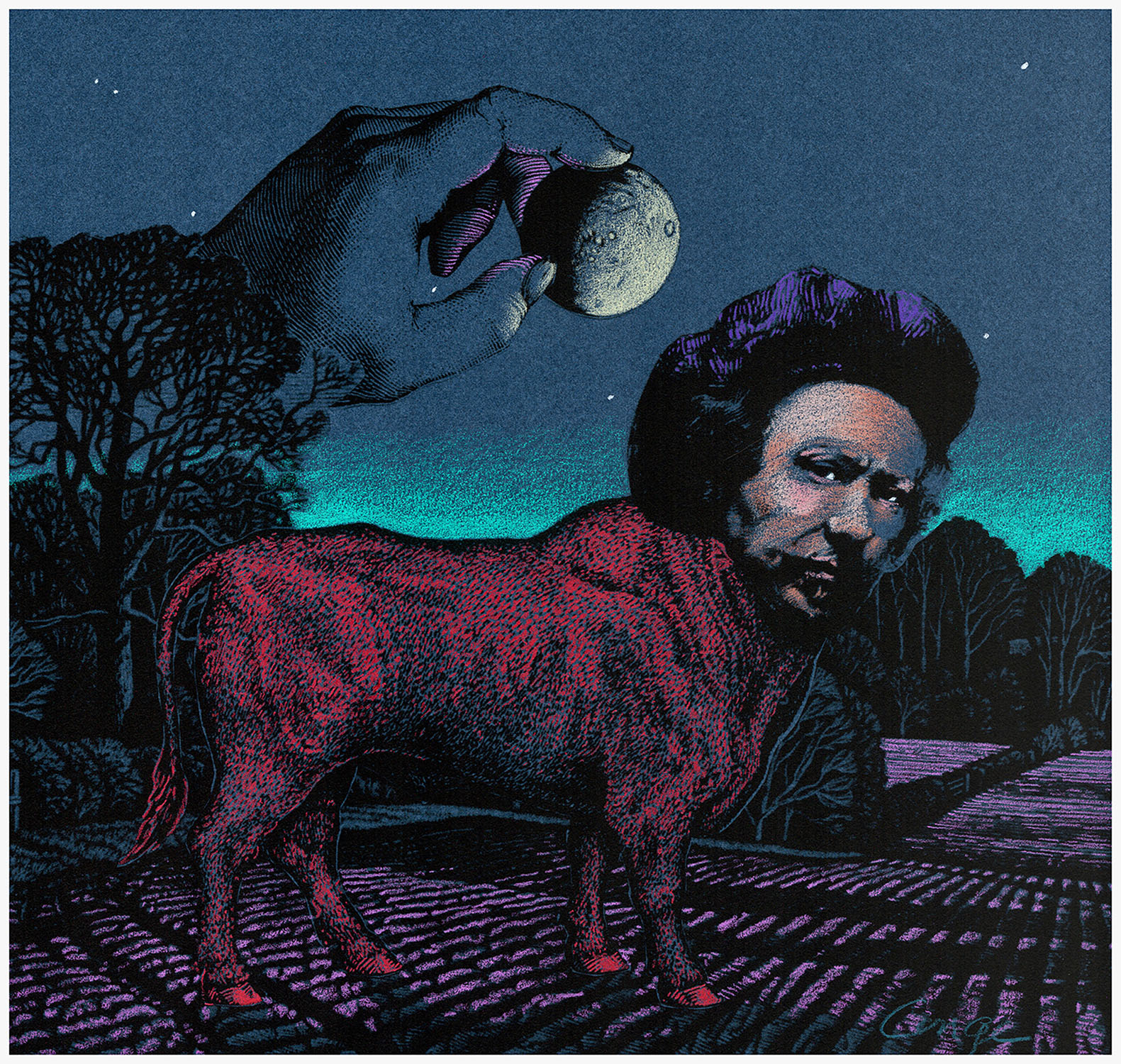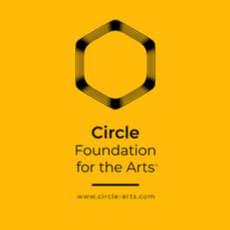Drawing as Destiny: The Visual Language of Bob Conge
April 2025
American artist Bob Conge has built an extraordinary career rooted in the expressive power of drawing, sculpture, and mixed media. With degrees from RIT School of Art and Syracuse University, where he received the Lewis Comfort Tiffany Grant, Conge’s path through the art world has included roles as gallery director, professor, and exhibiting artist with works held in major museum collections across the globe—from MoMA Toyama to the Musee de la Publicité in Paris. Yet despite this extensive pedigree, Conge remains committed to a deeply personal, intuitive practice. His artistic journey is less about arrival than perpetual movement—a discipline of daily reinvention, dialogue with the past, and unflinching self-examination.
Conge’s body of work spans media but always circles back to drawing as a primal language. Favoring ink and rough paper, he treats line as both mark and metaphor, a conduit for seeing and understanding. His practice is informed by a lifelong admiration for historical masters—Rembrandt, Rico Lebrun—but his visual narratives emerge from dreams, daily walks, memories, and critical reflections on contemporary society. Whether rendered in pen or layered through collage and printmaking, Conge’s imagery resists easy classification, often straddling surrealism, portraiture, and satire. His work is a form of resistance—against superficiality, entertainment, and cultural amnesia—and a call to reconnect art with the rigor of thought and the fire of intuition.
The mixed media piece “A Rembrandt Night” encapsulates this ethos. A bull with the head of Rembrandt stands in a plowed nocturnal field under a luminous sky, while a giant hand delicately places the moon in the sky like a celestial ornament. The gesture is symbolic—Rembrandt arranging the world with the authority of genius. The animal body, chosen for its emblem of tenacity, becomes a vehicle for transformation, the artist as mythic beast. The landscape, rendered in vivid blues, purples, and reds, is both dreamscape and psychological terrain. The image is not homage in the conventional sense; it is communion across centuries, a visual meditation on legacy, defiance, and power.
In “Portrait of John Singer Sargent,” Conge employs only black ink to craft - a face alive with tension and presence. The marks are confident, erratic, and elegant all at once—evoking not only Sargent’s likeness but his spirit. The beard is a thicket of strokes, the eyes clear and intense, capturing the dichotomy of poise and volatility in the subject. It’s a drawing that speaks not just of its maker’s technical fluency, but of a deeper ability to translate essence into line—what Conge calls “a conversation about the subject and the will of the maker.”
What sets Bob Conge apart is not only his mastery of technique, but the uncompromising philosophy that guides it. He does not create to please or entertain, but to articulate something essential and unresolved. In a time when much of art drifts toward spectacle or detachment, Conge’s work burns with a different flame— rooted in discipline, fueled by intellect, and always seeking. His drawings are not merely illustrations but acts of presence, each line a declaration that the path itself is the destination.


Portrait of John Singer Sargent

Loss

A Rembrandt Night

April 2025
